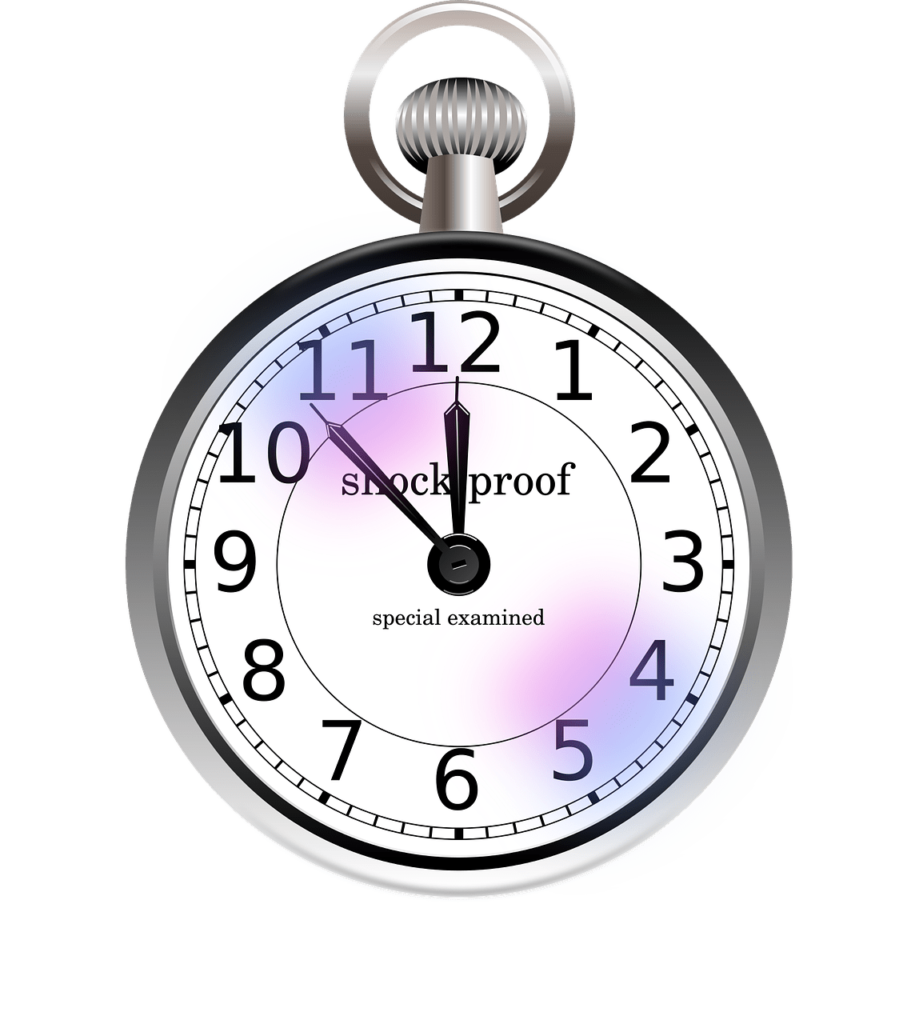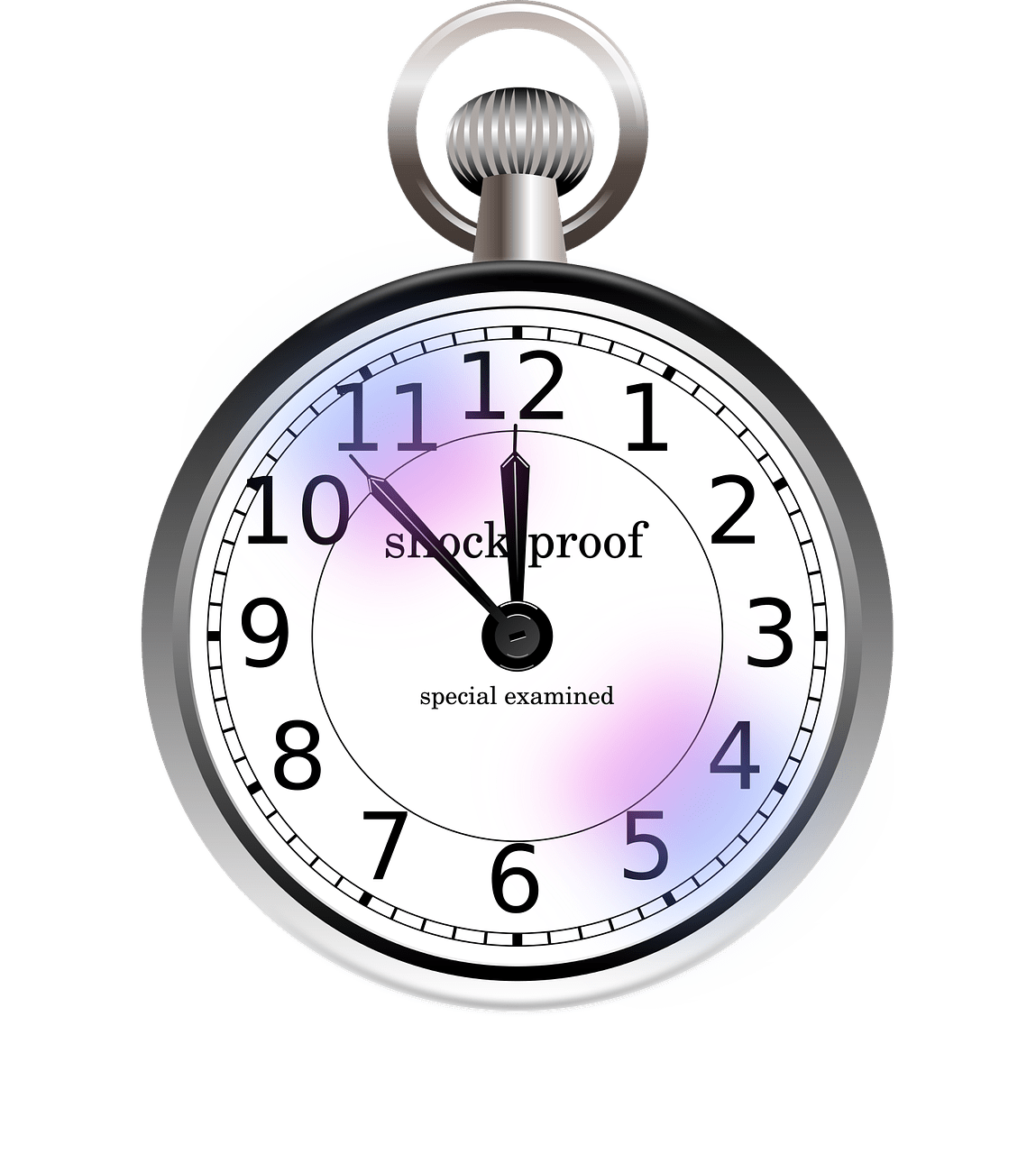Have you ever wondered how to determine the age of unique timekeeping pieces?
If you have ever come across an old watch or clock and wondered about its history and age, you are not alone. Identifying the age of unique timekeeping pieces can be an exciting endeavor that allows you to connect with the past and appreciate the craftsmanship of earlier generations. In this article, we will explore various methods and techniques to help you determine the age of these fascinating timepieces.

Researching the Brand and Model
One of the first steps in identifying the age of a timekeeping piece is to research the brand and model. Many watch and clock manufacturers have detailed records of production dates and serial numbers that can help you determine when a particular piece was made. By researching the brand and model of your timekeeping piece, you can narrow down the possible age range and gain valuable insights into its history.
Inspecting the Movement
Another important aspect of determining the age of a timekeeping piece is to inspect the movement. The movement of a watch or clock refers to the internal mechanism that drives the hands and keeps time. Older timepieces often have distinct features and characteristics that can help you identify their age. For example, watches made in the 19th century typically have key-wound movements, while watches from the 20th century may have more modern mechanisms such as automatic or quartz movements.
Examining the Case and Dial
In addition to researching the brand and inspecting the movement, examining the case and dial of a timekeeping piece can also provide valuable clues about its age. The design and materials used in the case and dial can often reveal the time period in which a watch or clock was manufactured. For example, watches from the Art Deco period in the 1920s and 1930s typically feature geometric designs and bold colors, while watches from the 1970s may have a more psychedelic and colorful aesthetic.
Identifying Hallmarks and Engravings
Hallmarks and engravings can also be helpful in identifying the age of a timekeeping piece. Many watch and clock manufacturers inscribe hallmarks or engravings on their products that indicate the year of production or the quality of the materials used. By carefully examining these hallmarks and engravings, you can often determine the age and provenance of a timekeeping piece. Additionally, some manufacturers may have specific logos or insignias that change over time, providing further clues about the age of a watch or clock.

Consulting Reference Books and Guides
If you are having trouble identifying the age of a timekeeping piece on your own, consulting reference books and guides can be a valuable resource. There are many books and online resources dedicated to the history and identification of watches and clocks, which can provide detailed information about specific brands, models, and time periods. By referring to these reference books and guides, you can learn more about the characteristics and features that are unique to different eras of watchmaking.
Seeking Professional Appraisal
If you are still unsure about the age of a timekeeping piece after conducting research and examination, seeking a professional appraisal can help provide clarity. Professional appraisers are experienced in evaluating watches and clocks and can provide valuable insights into the age, authenticity, and value of a timekeeping piece. By obtaining a professional appraisal, you can gain a better understanding of the history and significance of your unique timepiece.

Summary
In conclusion, identifying the age of unique timekeeping pieces can be a rewarding and fascinating journey that allows you to learn more about the history and craftsmanship of these timeless creations. By researching the brand and model, inspecting the movement, examining the case and dial, identifying hallmarks and engravings, consulting reference books and guides, and seeking professional appraisal, you can gain valuable insights into the age and provenance of a timekeeping piece. Whether you are a seasoned collector or simply curious about the age of a family heirloom, the methods and techniques outlined in this article can help you appreciate the history and beauty of these unique timepieces.

